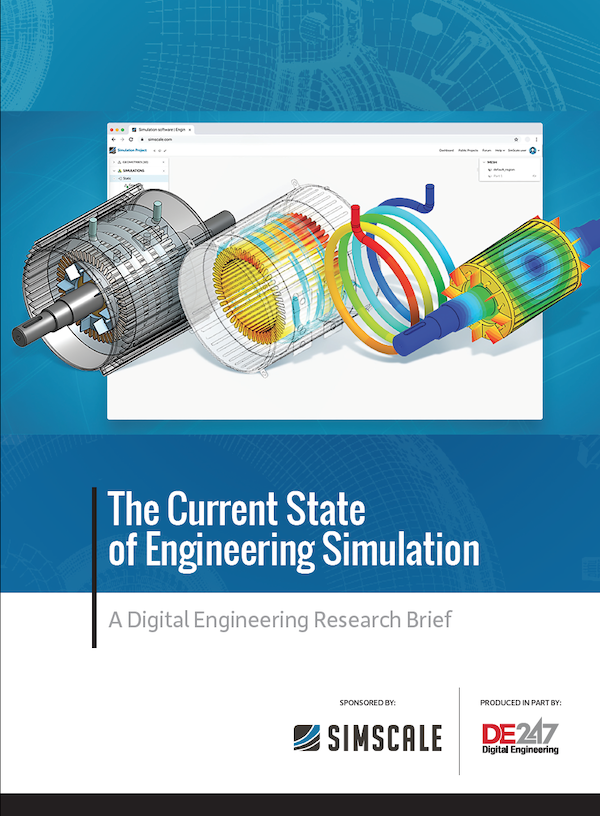Latest News
May 25, 2010
By DE Editors
XYZ Scientific Applications, Livermore, Calif., May 21, 2010 - TrueGrid users enjoy the ease of building complex multi-block solid high quality hexahedral structured meshes using the standard block and cylinder parts. It is now possible to insert holes into these parts with the same ease. One simply identifies the location and size of the hole. This is done with the new HOLE command in TrueGrid Version 2.3.5. This new automatic feature will insert a hole and adjust the mesh in the neighborhood of the hole to maintain a high quality hexahedral mesh.
This feature has numerous applications. For example, the fuselage of an aircraft may be constructed from curved panels that must be riveted to a frame work. The cylinder or block part in TrueGrid can be used to generate the mesh for each panel in a very few commands. In the same way, the mesh for the frame of the aircraft can be generated. In order to attach the mesh of the panels to the mesh of the frame work, holes must be formed in both meshes. For each rivet, a HOLE command is needed for both the panel mesh and the frame mesh. The new HOLE command forms both holes so that the nodes around the hole are aligned in both parts. This makes it possible to insert a mesh of a rivet so that the nodes of the rivet will also align with both the nodes of the panel and the frame. The user has full control of the process so that the coincident nodes at the interface between the rivet and the panel and between the rivet and the frame can either be merged, given shared degrees of freedom, or used to form opposite sides of contact surfaces.
The savings in effort, when compared to the standard way of inserting a hole using TrueGrid, can be significant. Typically, 6 commands are needed to form a single hole using TrueGrid in the standard way. More importantly, this new feature does not require that the surrounding mesh have the same mesh density as the mesh that forms the hole. A transitional mesh is automatically generated to transition from the mesh in the surrounding mesh to the mesh that forms the hole. For example, the hole consisting of many nodes in the circumference may have only one hexahedral element in its neighborhood. In the other extreme, the neighborhood of the hole may consisted of hundreds of hexahedral elements. A huge savings in effort is realized when there are many holes to be formed in the mesh. A typical aircraft may have as many as 50,000 rivets and in this case, a huge savings in the mesh generation effort will be realized.
The HOLE command has several other features which are listed below:
1. Both an inner and outer radius can be specified for the hole. In this case an annulus with a circular row of hexahedral elements are formed around the hole. The elements are equally spaced with mesh lines radiating outward from the center or axis of the cylinders.
2. The position of the nodes that form the inner radius can be specified. This is available as an option to guarantee that holes and rivets from other parts align perfectly.
3. The number of hexahedral elements in the annulus in the radial direction can be specified (defaults to one element).
4. Many holes can be grouped together and a hexahedral mesh is automatically formed that fills the small gaps between the holes, avoiding the need to transition from a hole to the mesh of the parent part and then transition again to a neighboring hole.
This new automatic feature will be available in the next release of TrueGrid, version 2.3.5, which is scheduled to be released September 1, 2010.
Subscribe to our FREE magazine, FREE email newsletters or both!
Latest News
About the Author
DE’s editors contribute news and new product announcements to Digital Engineering.
Press releases may be sent to them via [email protected].





